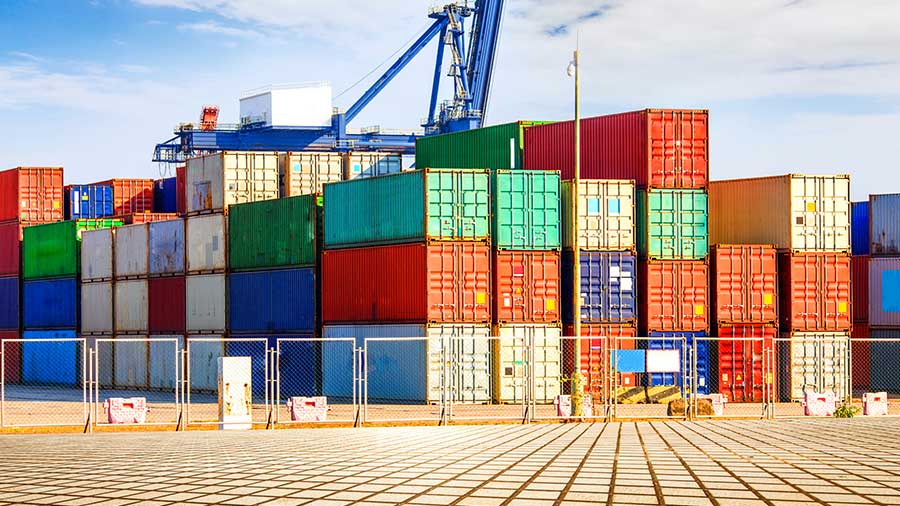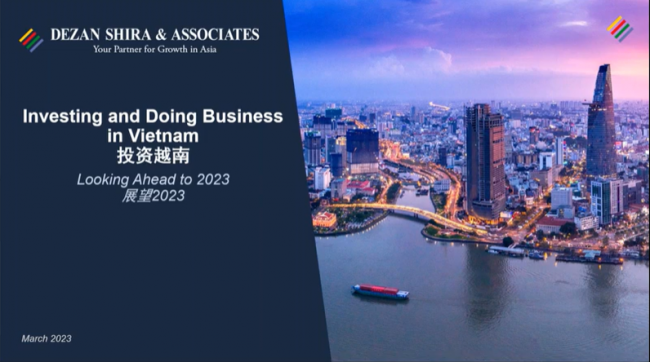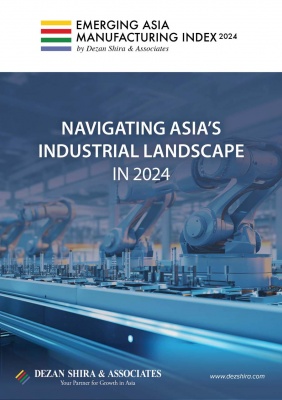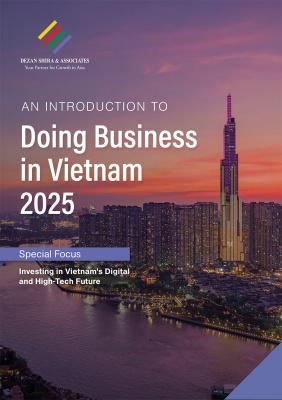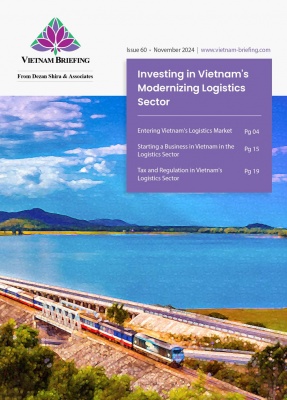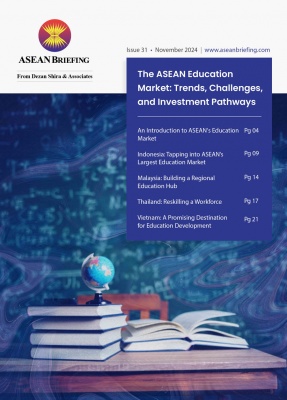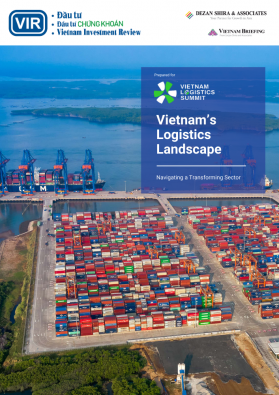Vietnam-Australia Strengthen Development Partnership 2025-2030
Vietnam and Australia have announced the Development Partnership Plan (DPP) for 2025-2030, reinforcing their Comprehensive Strategic Partnership (CSP). This strategic initiative underscores Australia’s support for Vietnam’s economic transition, aiming to help Vietnam achieve high-income country status by 2045. The DPP lays out targeted areas such as economic reform, human capital enhancement, climate adaptation, inclusive growth, and governance, creating distinct opportunities for businesses and investors.
Economic growth and market reforms
Vietnam has consistently ranked among Southeast Asia’s fastest-growing economies, achieving a trade-to-GDP ratio of 186 percent in 2022 and maintaining an average annual trade surplus of US$9 billion from 2018-2022. To sustain this momentum, Vietnam aims for annual GDP growth of at least 6 percent, underpinned by comprehensive structural reforms and enhanced productivity.
Australia actively supports these reforms through various initiatives, including the International Finance Corporation (IFC), the Vietnam Private Sector Development Partnership, and the Aus4Growth program. These programs aim to improve regulatory frameworks, streamline trade policies, and enhance corporate tax regimes, green procurement, and recycling standards. Such policy improvements directly benefit businesses by providing clearer investment landscapes and reducing barriers to market entry.
|
Australian Official Development Assistance (ODA) to Vietnam (2022-2025) (US$ million) |
|||
|
ODA category |
2022-23 Actual |
2023-24 Estimate |
2024-25 Estimate |
|
Vietnam received |
38.81 |
39.75 |
40.38 |
|
Regional |
17.04 |
11.45 |
15.16 |
|
Global/Other |
4.03 |
4.97 |
4.65 |
|
Total Australian ODA |
59.88 |
59.69 |
60.18 |
Priority sectors for strategic investment
The DPP distinctly identifies high-potential sectors for business engagement, including:
- Sustainable agriculture and food security: Investment in climate-resilient agricultural practices, innovative technology deployment in rice production, and agricultural supply-chain enhancements;
- Renewable energy: Support for Vietnam’s energy transition, including large-scale renewable energy projects, through platforms such as Aus4Growth;
- Vocational training and education: Collaboration with educational providers to deliver targeted training programs, particularly within high-demand sectors such as logistics, technology, and manufacturing;
- Digital innovation: Aus4Innovation focuses on digital transformation, technology exchanges, and innovation ecosystems, offering substantial collaboration potential.
Human capital development and skills enhancement
The Vietnam-Australia partnership emphasizes developing a skilled workforce aligned with market needs, which is crucial for Vietnam’s long-term economic goals. Notable initiatives include the Aus4Skills and Vietnam Australia Centre programs, which enhance vocational training and higher education, fostering leadership and technical capabilities.
Australia’s contributions to vocational education have considerably increased participation from underrepresented groups. From 2017 to 2025, enrollments of women in logistics training have surged over twenty-fold, and participation by people with disabilities has tripled, directly impacting workforce diversity and inclusivity.
Climate resilience and sustainable development
Vietnam remains highly vulnerable to climate change, particularly in agriculture, infrastructure, and coastal regions. Climate impacts could potentially reduce Vietnam’s GDP by up to 14.5 percent by 2050. In response, Australia has strategically prioritized climate adaptation and mitigation through robust initiatives.
Programs such as Aus4Adaptation and the Transforming the Rice Value Chain project notably focus on promoting sustainable agriculture and investing in renewable energy. These initiatives involve extensive private-sector engagement, providing opportunities for businesses in renewable energy technology, sustainable farming, and climate-resilient infrastructure.
Inclusive economic and social initiatives
Despite substantial progress, Vietnam faces ongoing disparities, particularly impacting women, ethnic minorities, and people with disabilities. Australia and Vietnam have committed to inclusive growth through dedicated initiatives, including the Gender-Responsive Equitable Agriculture and Tourism (GREAT) program. Under this initiative, more than 27,600 women have been trained in agriculture and tourism, over 20,000 have received material support, and over 15,000 reported increased incomes. Also, Australia’s investment in Vietnam has improved access to critical health services, benefiting over 37,500 individuals with high-quality reproductive health and family planning services in 2023 alone.
Strengthening governance and institutional capacities
Good governance and effective public administration are integral components of Vietnam’s socio-economic development strategy. Both nations have helped develop a Provincial Governance and Public Administration Performance Index. In 2023, this initiative involved extensive surveys of more than 19,000 citizens across all Vietnamese provinces, which informed policy improvements and strengthened governance structures. These indexes make it easier for businesses to collaborate with proactive regional governments and local bodies in making investments and setting up business units.
The DPP integrates closely with broader strategic initiatives, like Australia’s Southeast Asia Economic Strategy to 2040 and the Enhanced Economic Engagement Strategy. These alignments promote consistent investment frameworks, facilitating enhanced bilateral trade and greater private-sector collaboration. The standard framework of engagement and vision enables improved flow of capital and goods across Southeast Asia.
Other partners enabling Vietnam-Australia collaboration
The effectiveness of the Vietnam-Australia Development Program heavily relies on collaboration with major and proactive international, regional, and private-sector entities, including:
- International Finance Corporation (IFC);
- World Bank;
- Commonwealth Scientific and Industrial Research Organization (CSIRO);
- ASEAN frameworks and the Mekong–Australia Partnership; and
- Private Infrastructure Development Group (PIDG).
These partnerships amplify opportunities for business engagement, joint ventures, and innovative project implementations across various sectors.
The DPP includes robust evaluation and consultation mechanisms, ensuring continuous performance monitoring, transparency, and adaptive management. Periodic reviews and stakeholder consultations will assess impact, facilitate responsiveness to changing economic conditions, and provide clarity for business and investor engagement.
Pathways for strategic economic engagement
The Vietnam-Australia Development Program 2025-2030 clearly outlines opportunities in economic reforms, skills development, climate resilience, inclusive growth, and governance. This strategic framework provides actionable pathways for businesses and investors from both nations, promising mutual economic benefits and supporting Vietnam’s development ambitions. Such collaborative efforts underpin sustainable economic growth, regional stability, and the ongoing strength of the bilateral partnership.
(US$1 = AU$1.59)
About Us
Vietnam Briefing is published by Asia Briefing, a subsidiary of Dezan Shira & Associates. We produce material for foreign investors throughout Asia, including ASEAN, China, and India. For editorial matters, contact us here and for a complimentary subscription to our products, please click here. For assistance with investments into Vietnam, please contact us at vietnam@dezshira.com or visit us at www.dezshira.com.
Dezan Shira & Associates assists foreign investors throughout Asia from offices across the world, including in Hanoi, Ho Chi Minh City, and Da Nang. We also maintain offices or have alliance partners assisting foreign investors in China, Hong Kong SAR, Dubai (UAE), Indonesia, Singapore, Philippines, Malaysia, Thailand, Bangladesh, Italy, Germany, the United States, and Australia.
- Previous Article China’s Manufacturing Presence in Vietnam: Locations and Future Growth
- Next Article 中国制造业在越南的战略布局:关键地区分析与未来发展趋势
